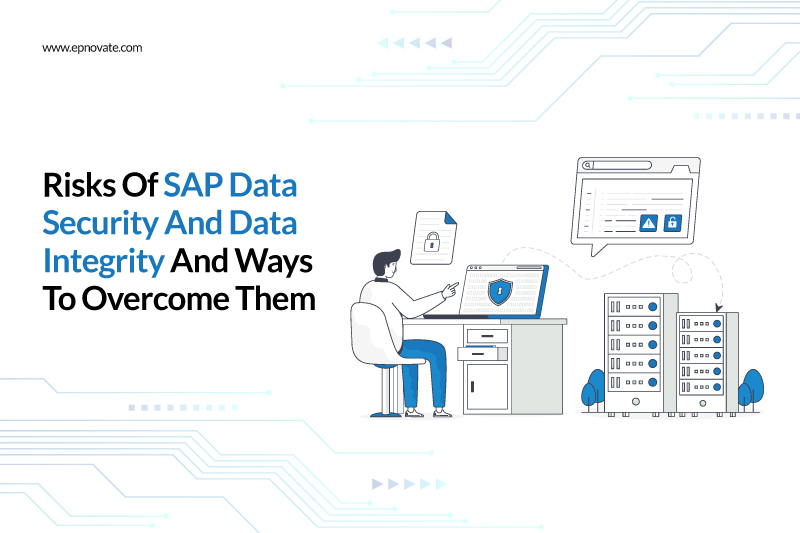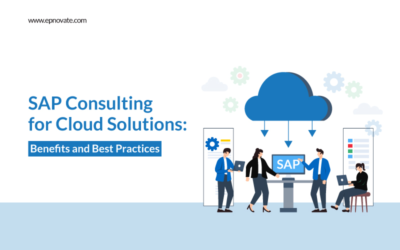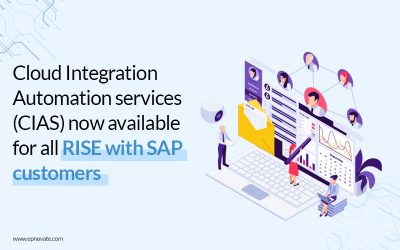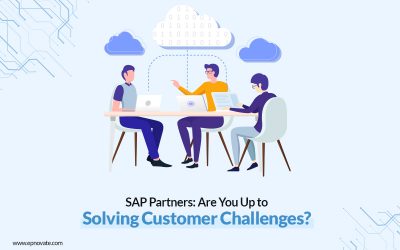Risks Of SAP Data Security And Data Integrity And Ways To Overcome Them

Cloud databases, including SAP networks, are expanding quickly in the IT world. Organizations have many security issues when moving databases to cloud computing environments. To meet confidentiality requirements, outsourced data must be encrypted, and data transfer protocols must be in place to prevent corruption. All users, including database administrators, must be able to monitor and govern data stored on cloud systems with the assistance of a good SAP consulting service. This blog will raise an understanding of the risks to cloud security, which can assist organizations in better defending against attacks and limiting possible harm.
Possible Threats Faced By The SAP Network
1. APIs’ Vulnerability
Users can interface with the cloud system using this technical process, which details the permissions they need to connect external applications to the system. Due to the enormous progress that cloud storage providers and other organizations have made in creating safe APIs like OAuth, there is always a chance that hackers may exploit any weakness to access administrator API areas.
2. Loss Of Data
The only hazard that can arise when hackers obtain a person’s sensitive information is that the intrusive party will destroy material to inconvenience the owner. Users risk having their updated files permanently deleted from the cloud if they do not maintain backup copies of their files. Additionally, when data is deleted from the centralized place, the deletion can spread to all devices, causing all of the contents to be destroyed at once. Hence, having a reliable SAP consulting service in such a situation is vital.
3. Hacking Of Accounts
The hijackers attempt to enter users’ accounts by exploiting software security flaws or phishing to get credentials during the hijacking attempt. The thieves typically lock the users by changing the passwords on their accounts after they have access to their personal login information. At this point, users have full access to any data stored in their cloud, including databases that deliver data from multiple users at once.
4. Breaches In Data
The most frequent dangers to databases housed in cloud computing are data breaches. Here, the hackers take private data from the cloud, including consumer credit card details and mailing addresses, and utilize it for their gain. Due to the centralized storage of SAP’s lead, the impact of a data breach on millions of people at once can be very severe.
Measures To Minimize Risk
Data Backup That Is Automated
Data backup is available around the clock with SAP ERP, assuring data accessibility in an emergency. However, dispersed data are more susceptible to loss, erasure, and corruption. SAP services company asset management relies on manually modified and updated reports from a central system, such as SAP. Due to their temporal character, these reports—frequently kept in employees’ private document management systems—can result in data loss or corruption.
End-to-end Encrypted
By guaranteeing that data stays within the system without replication, SAP data virtualization assures 100% accurate quotes and maintains margins. As a result, it cannot be altered or corrupted as it switches between platforms. For instance, a quote created in Salesforce can be accepted by the customer and processed by the ERP for manufacturing without needing to be re-keyed or manually applying discounts. Even when material costs, part availability, and supply chain availability change, this strategy maintains margins and ensures correct pricing.
Centralized Security Measures
Thanks to SAP ERP, access to backend data may be easily monitored and limited. Modern front-end systems require data virtualization because it enables data to stay within SAP without replication and only be exposed when necessary. Also bi-directional transactions or virtualized representations of SAP data are both accurately made available. Even bi-directional data must follow SAP business standards and any data that does not adhere to these criteria will be rejected and never be accepted inside of SAP.
Conclusion
Data integrity, security, and accuracy are all guaranteed when using SAP ERP as a single source of truth. Instead of copying or batch-processing data between systems, integrations should concentrate on virtualizing SAP data within the front-end system. It is essential to guarantee transactions’ accuracy and ERP data’s integrity. It is simple and economical to reduce the risk associated with cloud computing. Security risks can be reduced by using the right education, training, and mitigation methods. By retaining proactive knowledge, SAP consulting service can speed up issue reaction times and protect cloud databases.
Recent Posts
- 10 SAP Line of Business Solutions Empowering Digitally Transformed Enterprise Operations
- Choosing the Right SAP Implementation Partner: What Businesses Need to Know
- How to Future-Proof Your SAP ERP
- SAP Operations Continuity: 5 Priorities You Need to Embrace Today
- Introducing The First-of-Its-Kind SAP HANA Community Cloud






